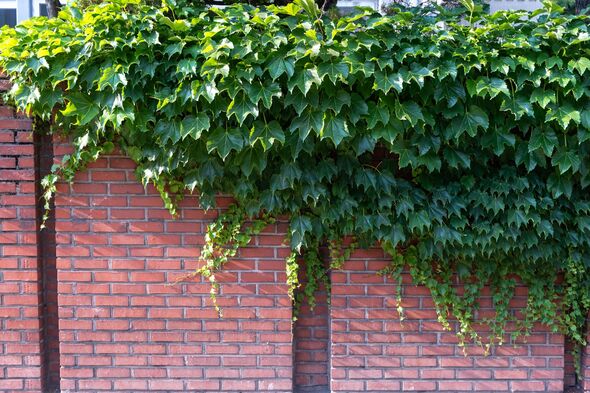Lifestyle
Avoid These 4 Aggressive Plants to Protect Your Home’s Value

Homeowners often envision vibrant gardens filled with a variety of plants, yet certain species can significantly harm property values and structural integrity. According to Kevin Barzegar, a property expert at Kaybridge Residential, some plants can “quietly wreak havoc” on homes, leading to costly repairs and decreasing appeal to potential buyers.
The impact of these aggressive plants can manifest in various ways, from cracked brickwork and damaged drainage systems to legal complications with neighbors. Barzegar’s insights reveal that what may start as a harmless addition to a garden can quickly become a financial burden.
Four Plants to Avoid
Among the most problematic plants is English Ivy. While it may appear charming, Barzegar identifies it as “one of the worst offenders.” Its roots infiltrate even the tiniest cracks in brickwork, expanding as they grow and causing severe damage. Removing English Ivy can be a labor-intensive task, and Barzegar advises homeowners to act swiftly, suggesting alternatives such as flowering climbers like roses or clematis.
Another popular but perilous choice is bamboo. Its reputation for creating privacy screens comes at a cost, as it possesses one of the most aggressive root systems in the plant world. Barzegar notes, “I’ve seen bamboo roots travel several meters from where they were planted.” These roots can disrupt paving, damage structures, and even crack foundations. Once established, controlling bamboo can be nearly impossible, with roots that regenerate from small fragments. Early intervention is crucial to mitigate the potential damage.
The notorious Japanese knotweed is perhaps the most feared plant among property owners. Barzegar emphasizes its serious implications, stating, “Japanese knotweed can make your property virtually unsellable.” Under the UK’s Wildlife and Countryside Act 1982, it is illegal to allow knotweed to spread into the wild. If it encroaches onto neighboring properties, homeowners could face civil claims and expensive removal costs. Treatment can take years, with expenses ranging from £900 to £20,000 depending on the severity of the infestation.
Finally, the roots of willow trees can pose significant risks when planted too close to homes. Seeking out water, these roots can extend up to three times the height of the tree. For example, a 10-meter willow could have roots spreading up to 30 meters, easily reaching underground pipes and drains. Barzegar recommends planting willows at least 40 meters from buildings or opting for smaller trees like Japanese maples to avoid potential issues.
In summary, while a flourishing garden can enhance a property’s appeal, it’s essential for homeowners to consider the long-term implications of their plant choices. With proper awareness and proactive measures, individuals can protect their homes from the destructive tendencies of these aggressive plants.
-

 Health3 months ago
Health3 months agoNeurologist Warns Excessive Use of Supplements Can Harm Brain
-

 Health3 months ago
Health3 months agoFiona Phillips’ Husband Shares Heartfelt Update on Her Alzheimer’s Journey
-

 Science1 month ago
Science1 month agoBrian Cox Addresses Claims of Alien Probe in 3I/ATLAS Discovery
-

 Science1 month ago
Science1 month agoNASA Investigates Unusual Comet 3I/ATLAS; New Findings Emerge
-

 Science4 weeks ago
Science4 weeks agoScientists Examine 3I/ATLAS: Alien Artifact or Cosmic Oddity?
-

 Entertainment4 months ago
Entertainment4 months agoKerry Katona Discusses Future Baby Plans and Brian McFadden’s Wedding
-

 Science4 weeks ago
Science4 weeks agoNASA Investigates Speedy Object 3I/ATLAS, Sparking Speculation
-

 Entertainment4 months ago
Entertainment4 months agoEmmerdale Faces Tension as Dylan and April’s Lives Hang in the Balance
-

 World3 months ago
World3 months agoCole Palmer’s Cryptic Message to Kobbie Mainoo Following Loan Talks
-

 Science4 weeks ago
Science4 weeks agoNASA Scientists Explore Origins of 3I/ATLAS, a Fast-Moving Visitor
-

 Entertainment4 months ago
Entertainment4 months agoLove Island Star Toni Laite’s Mother Expresses Disappointment Over Coupling Decision
-

 Entertainment3 months ago
Entertainment3 months agoMajor Cast Changes at Coronation Street: Exits and Returns in 2025









